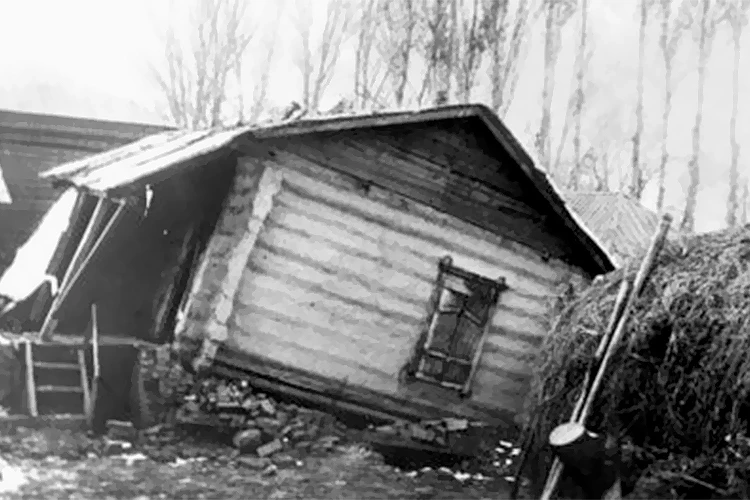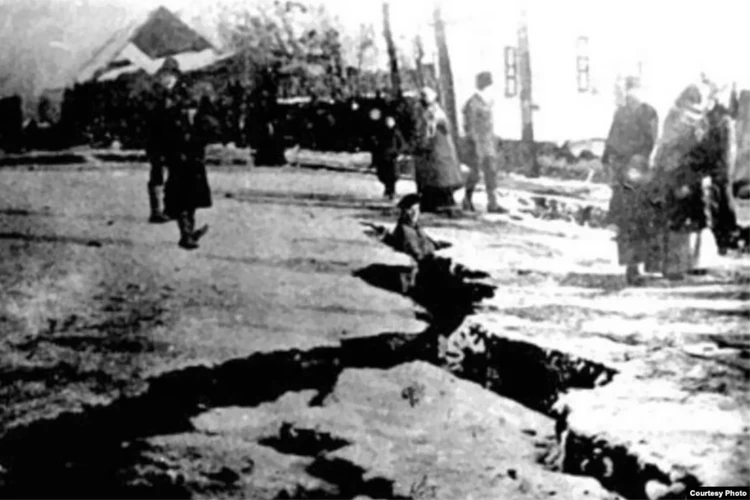
In this regard, the design of buildings exceeding standard norms requires the creation of Special Technical Conditions (STC). These conditions help clarify the methods for calculating load-bearing structures, their reinforcement, as well as limitations on the number of floors and load.

The Issyk-Ata fault, which is over 100 kilometers long, is active and capable of causing earthquakes with magnitudes of up to 7-7.5. Historical data, such as the 1911 Kemin earthquake (M 7.7), confirm the presence of a serious risk for this tectonic area.
Photo from the report. Seismic activity map
The report emphasizes the need to enhance calculations of load-bearing capacity and stability for buildings located in fault zones.
When designing structures near the fault, a special coefficient is applied that increases the calculated loads on the structure. This means that buildings located closer to the fault must be more robust.
For example, if a building is located 50 meters from the active fault line, the reinforcement coefficient should be 1.24, although regulatory rules limit its maximum value to 1.20.
Thus, designers are required to provide an additional safety margin to avoid risks associated with underestimating loads. This implies that buildings must be able to withstand 20% more seismic loads than usually required for a 9-point zone.
Construction in Bishkek is actively moving southward, approaching the fault zone. This concerns not only private facilities but also public institutions such as hospitals, schools, and business centers.
Special Technical Conditions are not just bureaucratic requirements; they are an important mechanism for ensuring safety. The development of special calculations for large buildings in seismically hazardous areas is mandatory, especially for public facilities.
With the increasing development of the southern districts of Bishkek, public discussion of measures aimed at protecting new buildings from earthquakes is becoming increasingly important.







































